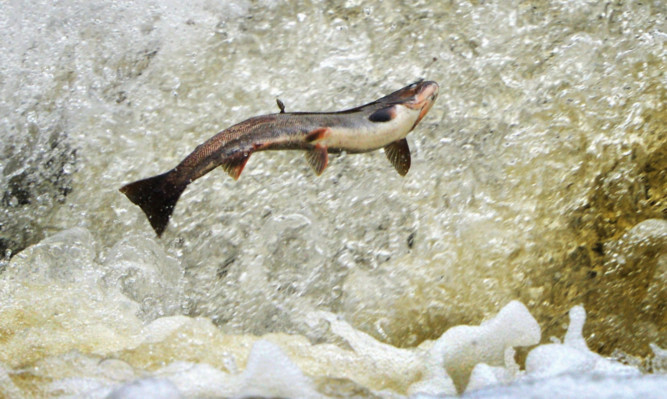This week the Scottish Parliament put the final imprint on the Community Empowerment Bill.
Soon the First Minister will place the great seal of Scotland on the Bill and it will become an Act of Parliament.
It offers potential and hope for communities around the country to take control into their own hands, through the purchase of land and resources to make them work for the people.
This is not just a matter for the Highlands, although owners of 20,000-acre Highland estates, like David Cameron’s father-in-law Lord William Astor, fulminate about the land reform agenda which accompanies it.
Lord Astor actually compared the Scottish proposals on land reform to a “Mugabe-style land grab”, an extreme comment which demonstrates both ignorance and fear in equal measure.
In fact community empowerment is about more than just the purchase of land and buildings and it offers opportunity to urban Scotland as well as rural Scotland.
The Scottish land fund has been used to back great local initiatives like Strichen lake in my home village.
Strichen lake used to be an overgrown wilderness.
Now, thanks to volunteers, it is a wildlife garden and one of the best used community facilities in the country, generating both jobs and enjoyment.
Now the same opportunity is to be presented to more people in our great cities like Dundee and Glasgow.
This week the Scottish Ministers spoke enthusiastically about the changes. I think they should go further.
The opportunity of community ownership of some of our land should extend to some of the great resources of our rivers as well.
Scottish salmon and trout fishing is in crisis. In response to some appallingly low catch rates I announced the Independent Wild Fisheries Review in January 2014.
It reported last October and came up with some useful initiatives such as annual close times and the extension of catch and release.
These are badly needed as last year just about pipped 1952 for being the worst year on record for rod and line catches.
Probably the most important new conservation initiative is the proposed “license to kill”, which is not about James Bond but a modern framework for restriction on effort.
Unfortunately this welcome proposal is not being extended to sea trout, at least not yet.
However, the Scottish Government is proceeding on an evidence-based way.
An independent report has been commissioned to carry out a study of the economic and social value of all Scotland’s wild fisheries.
These are extensive. Some people think we have just a handful of salmon rivers.
In fact Scotland has 398 identified salmon rivers and 40% of Atlantic salmon stocks.
Previous estimates have put the direct jobs figures at around 6,000.
However, that probably just scratches the surface.
Salmon and trout fishing is part of the fabric of much of the tourist industry which is the largest employer in the country.
As angling catches have declined so have the catches of the salmon netters.
In some of our rivers people have been exercising their heritable right to catch by net since the time of Robert de Bruce.
The Ugie salmon company in Peterhead for example boasts the oldest smokehouse in the country.
The two interests of angling and netting have often been in competition.
As resources have got scarcer then that competition between netters and anglers has become ever more intense.
Angling has one great advantage in times of scarce fishing resources.
It is possible to catch and release.That policy has been a notable success.
Catch and release levels in rod fishery are at record levels: 93% of spring salmon released and 80% of the annual sea trout catch which is the highest reported since records began in 1994.
Against that too much of salmon fishing has been caught up in the poor reputation of vested landed interest and privilege in Scotland.
However, there is more to this story than “working class netsmen” against “privileged” rod and line.
Angling is actually the most popular participation sport in the country.
Plenty of working class people engage in the sport. In contrast the netting rights are increasingly dominated by the same company.
Take the example of the Ythan in the north east.
Traditionally it has been one of our greatest trout fishing rivers.
There has been no netting on the Ythan since 1997.
And yet when the rights came up for sale last year they were sold without any opportunity for local anglers or indeed the river boards to buy them.
The company buyers of the netting rights declared their intention to proceed with netting unless they received an annual compensation payment.
As a result thousands of anglers are now faced with paying an effective annual “danegeld” to prevent netting on the Ythan, a river which clearly cannot tolerate the pressure of netting at the present moment.
That is unfair and wrong. It may be that the developing legislation to save this vital industry will provide the answer to this issue. Certainly it is proceeding along the right lines.
However, it is entirely right that the anglers of Scotland should join the many other communities now enjoying a preemptive right to buy.
Legislation should be amended to make that possible. That would prevent such an injustice as we see now in the Ythan ever arising again.
